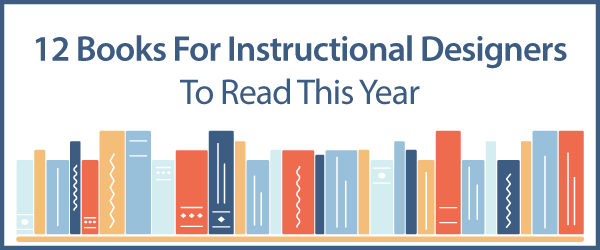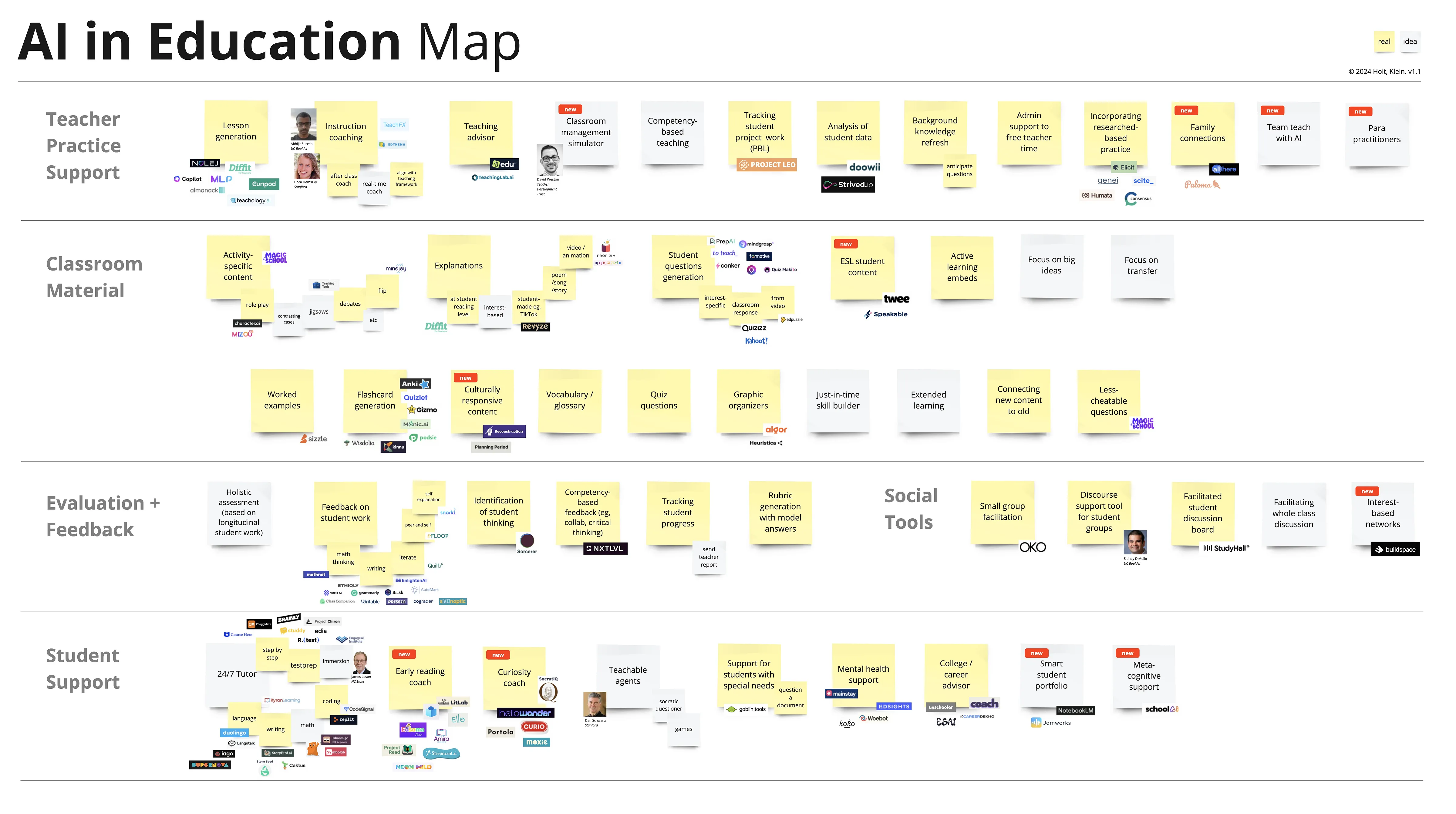The Edtech Insiders Rundown of SXSW EDU 2024 — from edtechinsiders.substack.com by Ben Kornell, Alex Sarlin, and Sarah Morin
And more on our ASU + GSV Happy Hour, GenAI in edtech market valuations, and interviews from The Common Sense Summit.
Theme 1: The Kids Are Not Alright
This year’s SXSW EDU had something for everyone, with over a dozen “Program Tracks.” However, the one theme that truly connected the entire conference was mental health.
36 sessions were specifically tagged with mental health and wellness, but in sessions on topics ranging from literacy to edtech to civic engagement, presenters continued to come back again and again to the mental health crisis amongst teens and young adults.
…
Theme 2: Aye AI, Captain
Consistent with past conferences, this year leaned in on the K12 education world. As expected, one of the hottest topics for K12 was the role of AI (or lack thereof) in schools. Key takeaways included…
AI Literacy: A New Graduation Requirement and Civic Imperative — from gettingsmart.com by Tom Vander Ark and Mason Pashia
Key Points
- There is still time to ensure that all of your students graduate with an understanding of how AI works, why it is important and how to best use it.
What would it look like to make a commitment that come graduation every senior will have at least basic AI literacy? This includes an appreciation of AI as a creation engine and learning partner but also an understanding of the risks of deepfakes and biased curation. We’re entering a time where to quote Ethan Mollick “You can’t trust anything you read or see ever again.” Whether formal or informal, it’s time to start building AI literacy.
New Alabama Education Law Represents Small But Significant Advance — from forbes.com by Jeanne Allen
More than 50 years later, across the street from the church and concerned with declining education and the pace of social change, brothers Anthony and Fred Brock founded Valiant Cross Academy, an all-male academy aimed at “helping boys of color become men of valor.”
Valiant Cross embodies King’s hopes, pursuing the dream that its students will be judged by the content of their character, not the color of their skin, and working to ensure that they are well prepared for productive lives filled with accomplishment and purpose.
“We’re out to prove that it’s an opportunity gap, not an achievement gap” says head of school Anthony Brock. And they have. In 2022, 100 percent of Valiant seniors graduated from the academy, pursuing post-graduate options, enrolling in either four- or two-year college, or established career-training programs.












.webp)



